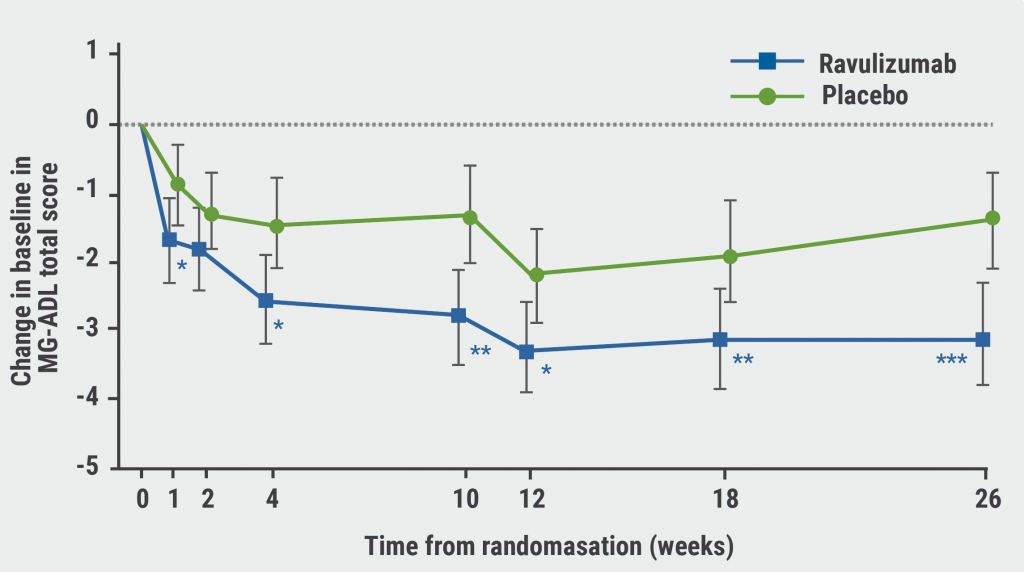The findings brought two surprises, Dr. Sebastian Lewandowski of the Karolinska Institute in Stockholm told Reuters Health by email. "First, we saw that during the ALS disease in mice, perivascular fibroblasts react with increased gene expression much earlier than the neuronal cells. This was surprising because most of the current insights to understand ALS come from studying the mechanisms within the degenerating neuronal cells rather than blood vessels."
"Our second surprise came when we compared the increase of neurofilaments to the increase of perivascular fibroblast-derived protein SPP1 in ALS patients at the first clinical visit," he said. "We found that the effects on life expectancy in ALS patients were stronger for measurements of the vascular SPP1 protein than for the neurofilaments."
As reported in Nature Medicine, Dr. Lewandowski and colleagues first conducted studies in two ALS mouse models. They found that perivascular fibroblasts were most active during the presymptomatic stage of the disease, even before microglial cells responded.
The team then examined levels of potential protein markers in the plasma of 574 individuals with a recent ALS diagnosis and 504 controls from four independent cohorts. As Dr. Lewandowski noted, they found that increased SPP1 levels at diagnosis predicted shorter survival more robustly than establish risk factors - i.e., bulbar onset or neurofilament levels in cerebrospinal fluid.
The authors state, "We propose that the activity of the recently discovered perivascular fibroblast can predict survival of patients with ALS and provide a new conceptual framework to re-evaluate definitions of ALS etiology."
Dr. Lewandowski said, "Although our results still need to be validated by other teams, I believe that measurements of SPP1 and perhaps also other vascular proteins could help to improve ALS patient survival predictions. Once such improved predictions are widely available, they will allow more accurate evaluation of future clinical trials."
"We still do not know if these perivascular fibroblast cells become active to accelerate ALS disease dynamics or have a protective role for the central nervous system," he noted. "We are currently trying to modify their activity in ALS mouse models to see if perivascular fibroblasts can become a future therapeutic target."
Dr. Terry Heiman-Patterson, professor of neurology at the Lewis Katz School of Medicine at Temple University and director of Temple's MDA/ALS Center of Hope in Philadelphia, commented, "This protein marker, if validated, provides a novel disease mechanism to be considered (although there have been some papers on vascular hypothesis of ALS) and may also provide a valuable biomarker of prognosis, diagnosis and progression of disease."
"The main caveat is that ALS is heterogeneous and we need to further study differing phenotypes," he told Reuters Health by email. "The work should be replicated by others and also the controls should include other neurodegenerative diseases as a separate category and neuropathies to look at specificity."
That said, added Dr. Heiman-Patterson, who wasn't involved in the study, "This is an excellent start."
"While we think of (ALS) as motor neuron-specific, clearly the neighborhood matters and that includes not only the supporting cells in the CNS - astrocytes and glia - but the vasculature as well," he concluded.
SOURCE: https://go.nature.com/2QQyny4 Nature Medicine, online April 15, 2021.
By Marilynn Larkin
Posted on
Previous Article
« Combo drug blunts weight gain across schizophrenia patient subgroups Next Article
Sugary drink consumption tied to increased colorectal cancer risk in women »
« Combo drug blunts weight gain across schizophrenia patient subgroups Next Article
Sugary drink consumption tied to increased colorectal cancer risk in women »
Related Articles

December 4, 2023
Retinal OCT markers hold promise for early MS diagnosis
July 30, 2019
First-ever effective and safe treatment of CMT1A
© 2024 Medicom Medical Publishers. All rights reserved. Terms and Conditions | Privacy Policy
HEAD OFFICE
Laarderhoogtweg 25
1101 EB Amsterdam
The Netherlands
T: +31 85 4012 560
E: publishers@medicom-publishers.com

